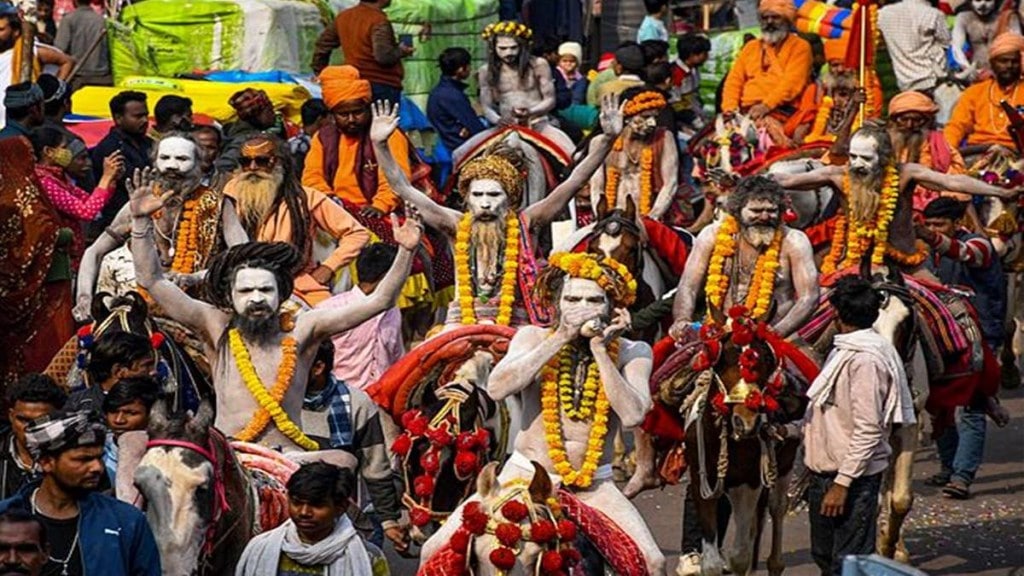The Kumbh Mela is a significant Hindu festival held every three years, rotating between four sacred locations in India: Haridwar (Ganga River), Prayagraj (Triveni Sangam of the Ganga, Yamuna, and Saraswati Rivers), Ujjain (Kshipra River), and Nashik (Godavari River). Every 12 years, each of these locations hosts the Maha Kumbh, with the next one scheduled to take place in Prayagraj from January 13 to February 26. Bathing in the Sangam during this time is believed to cleanse sins and bring spiritual benefits, symbolising the eternal pursuit of enlightenment. Here are ten interesting facts about this history gathering that might surprise you.
1. Largest gathering on Earth
The Mela is known for its largest peaceful gathering of people on Earth. During this religious occasion, millions of devotees, tourists, and visitors come together in one place to take part in the sacred rituals.
2. Four types of Kumbh Mela
Maha Kumbh Mela: This mela comes under the rarest and most significant of all Kumbh gatherings. It is held once every 144 years in Prayagraj and is regarded as the most auspicious event.
Purna Kumbh Mela: This grand occasion is celebrated every 12 years and the locations keep rotating on the four holy locations: Ujjain, Haridwar, Prayagraj, and Nashik.
Ardh Kumbh Mela: This occurs every six years and is celebrated in Haridwar and Prayagraj.
Magh Mela: This holy occasion is observed on an annual basis in Prayagraj during the Hindu month of Magha (January-February). This is a smaller event in comparison with others but still holds utmost significance.
3. Mythological Origins
The event has its connection to a legend in Hindu mythology. It is believed that drops of the divine nectar of immortality, or Amrit spilled at four locations during a cosmic battle between Gods and demons, giving these sites their holiness.
4. Astrological Importance
The timing of the Maha Kumbh is set based on planetary alignments. The date of this grand event is decided on the positions of the Sun, the Moon and Jupiter.
5. UNSECO tag for the event
The Kumbh Mela has been recognized by UNESCO as an ‘’Intangible Cultural Heritage of Humanity,’’ underlining its global significance and cultural importance.
6. Spiritual gathering of saints
A lot many sadhus, saints, and naga sadhus widely famous for their distinctive practices and appearances will be participating in the grand event.
7. Importance of bathing in sacred water
Taking a holy dip in the sacred river during the Maha Kumbh is believed to rinse all the sins and make the way for salvation (moksha). The convergence of three rivers, particularly, the Ganga, Saraswati, and Yamuna holds immense importance.
8. Universal appeal of Kumbh Mela
This major pilgrimage of Hinduism does not just attract Indians but also international visitors. People from diverse backgrounds and religions also participate in this cultural and spiritual spectacle.
9. Economic growth of the region
The event helps in boosting the local economy. It also generates jobs and opportunities for different sectors like tourism, hospitality, retail, transport, and food.
10. A temporary setup for the city
To accommodate the massive number of visitors, a temporary city is built equipped with modern amenities. A wide range of arrangements are made right from the hospitals, sanitation facilities, and help desk.








